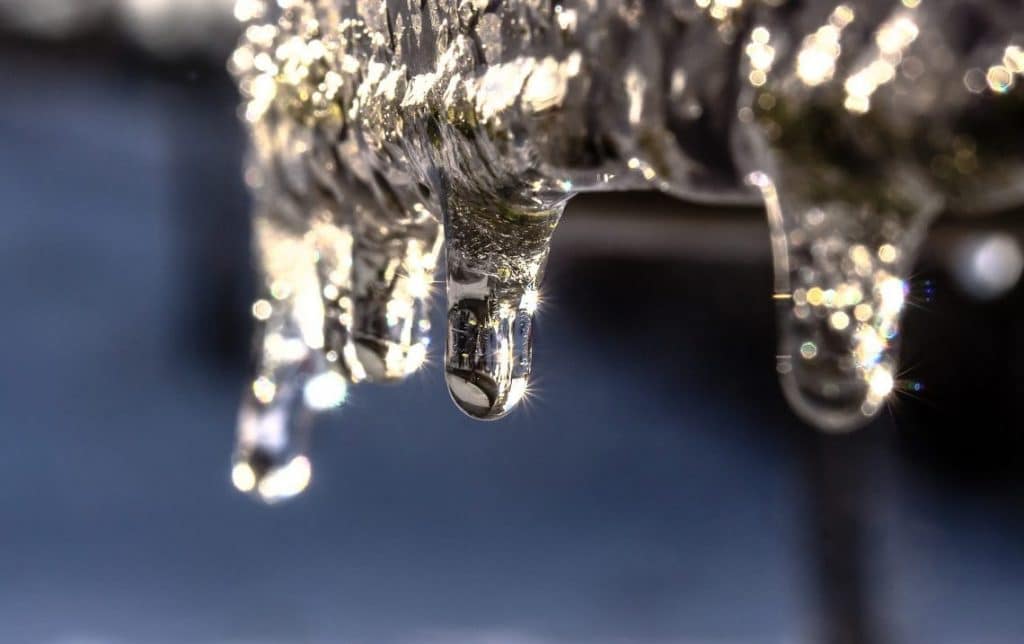The content down below in relation to Preventing and dealing with frozen pipes is amazingly attention-grabbing. Try it and make your own findings.

Winter can ruin your pipes, particularly by freezing pipelines. Here's just how to prevent it from taking place and what to do if it does.
Introduction
As temperatures decline, the danger of icy pipelines rises, possibly bring about expensive fixings and water damages. Recognizing just how to prevent icy pipelines is critical for home owners in cool environments.
Recognizing Frozen Pipes
What creates pipelines to freeze?
Pipelines freeze when subjected to temperatures listed below 32 ° F (0 ° C) for extended durations. As water inside the pipelines ices up, it increases, putting pressure on the pipe walls and potentially creating them to rupture.
Risks and damages
Icy pipelines can result in water supply disruptions, property damages, and costly repairs. Ruptured pipelines can flood homes and cause comprehensive structural damage.
Signs of Frozen Pipes
Determining icy pipelines early can stop them from breaking.
Exactly how to determine frozen pipelines
Seek decreased water flow from taps, unusual odors or sounds from pipes, and visible frost on subjected pipes.
Prevention Tips
Shielding vulnerable pipes
Wrap pipes in insulation sleeves or utilize warmth tape to protect them from freezing temperatures. Focus on pipelines in unheated or exterior areas of the home.
Home heating methods
Maintain interior areas adequately heated, especially areas with plumbing. Open cupboard doors to enable cozy air to circulate around pipelines under sinks.
Safeguarding Outside Pipes
Garden tubes and outside taps
Disconnect and drain yard hose pipes prior to winter months. Set up frost-proof faucets or cover outdoor taps with protected caps.
What to Do If Your Pipes Freeze
Immediate activities to take
If you believe icy pipes, maintain faucets available to relieve pressure as the ice thaws. Make use of a hairdryer or towels taken in hot water to thaw pipelines gradually.
Long-Term Solutions
Architectural adjustments
Think about rerouting pipelines far from outside walls or unheated areas. Include additional insulation to attics, basements, and crawl spaces.
Updating insulation
Purchase high-quality insulation for pipes, attics, and walls. Correct insulation helps keep constant temperature levels and reduces the threat of icy pipes.
Conclusion
Stopping frozen pipelines calls for positive steps and quick feedbacks. By comprehending the reasons, indicators, and preventive measures, house owners can secure their pipes during winter.
6 Proven Ways to Prevent Frozen Pipes and Protect Your Home
Disconnect and Drain Garden Hoses
Before winter arrives, start by disconnecting your garden hoses and draining any remaining water. Close the shut-off valves that supply outdoor hose bibs and leave the outdoor faucet open to allow any residual water to drain. For extra protection, consider using faucet covers throughout the colder months. It’s also important to drain water from any sprinkler supply lines following the manufacturer’s directions.
Insulate Exposed Pipes
Insulating your pipes is an effective way to prevent freezing. Pipe insulation is readily available at home improvement stores and is relatively inexpensive. Pay close attention to pipes in unheated areas such as the attic, basement, crawl spaces, or garage. Apply foam insulation generously to create a buffer against the cold. You can also wrap your pipes in heat tape or thermostat-controlled heat cables for added warmth.
Seal Air Leaks
Inspect your home for any cracks or openings that could let in cold air. Seal any holes around the piping in interior or exterior walls, as well as the sill plates where your home rests on its foundation. Additionally, make sure to keep your garage door closed unless you’re entering or exiting. Leaving it open creates a significant air leak that can lead to frozen pipes.
Allow Warm Air Circulation
During cold snaps, it’s essential to allow warm air to circulate evenly throughout your home. Leave interior doors ajar to promote better airflow. Open kitchen and bathroom cabinets to help distribute heat consistently around the rooms. If you have small children or pets, be sure to remove any household chemicals or potentially harmful cleaners from open cabinets for safety.
Let Faucets Drip
A small trickle of water can make a big difference in preventing ice formation inside your pipes. When temperatures drop significantly, start a drip of water from all faucets served by exposed pipes. This continuous flow helps prevent the water from freezing. Additionally, running a few faucets slightly can relieve pressure inside the pipes, reducing the chances of a rupture if the water inside does freeze.
https://choateshvac.com/6-proven-ways-to-prevent-frozen-pipes-and-protect-your-home/

We were made aware of that editorial about Winter Plumbing Precautions: Preventing Frozen Pipes from a friend on our other blog. Sharing is caring. Who knows, you may just be helping someone out. Thank you for your time invested reading it.
Call Today